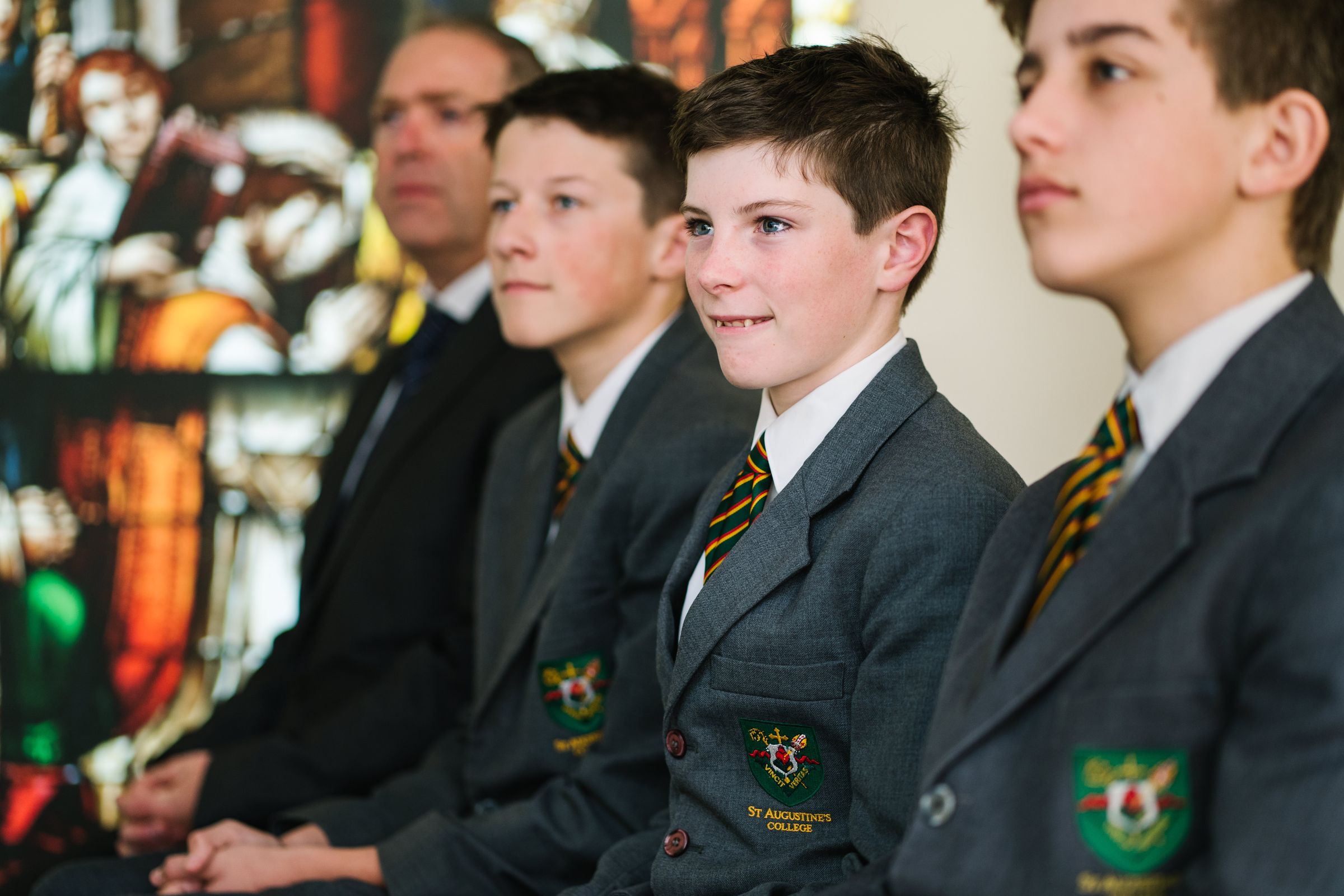Understanding “Flipping Your Lid”: A Tool for Parents and Teens
Parenting young children, tweens, and teenagers inevitably means navigating strong emotions - theirs and often our own. When a young person reacts with frustration, anger, stress, or overwhelm, it can be difficult to know how best to respond.
Dr Dan Siegel*, a highly renowned clinical professor of psychiatry, has developed a simple way to explain the science of what’s happening in the brain during those intense moments. This is now widely recognised as ‘the hand model of the brain’.
Essentially, Dr Siegel’s hand model offers families a simple but effective, memorable way to understand what’s happening in the brain during big emotions. With practice, it can transform conflict into an opportunity for growth, empathy, and a stronger connection between parents and their children.
The Hand Model of the Brain Explained
In this model, your brain is represented by your hand as follows:
- The wrist and palm represent the brainstem and limbic system - the parts that handle survival instincts and emotions.
- The fingers folded over the palm represent the prefrontal cortex - the “thinking brain”, which helps with logic, decision-making, empathy, and self-control.
When emotions run high - such as anger, anxiety, or stress - the fingers “lift up” or “flip.” This means the prefrontal cortex temporarily goes offline, leaving the emotional brain in charge. Dr Siegel calls this “flipping your lid” and in this state, it’s very difficult to reason, listen, or make thoughtful choices.
Why It Matters for Teens and Parents
Teenagers, whose brains are still developing, are especially prone to “flipping their lid.” However, we know that in understanding this model, it can help young people recognise what’s happening inside them when they have these big feelings, which in turn can help to self-regulate.
We have also learnt that it’s just as relevant for parents to understand these theories and do the work around self-regulation. We all have moments when our thinking brain switches off momentarily while our emotional brain takes over. Recognising our own “flipped lid” moments can allow us to pause, regulate, and model calm responses, all of which can help our teens feel more grounded.
Strategies to Re-Engage the Thinking Brain
If/when you or your teen have “flipped your lid,” these strategies can help bring the thinking brain back online:
- Deep breathing: this slows the nervous system and helps reset.
- Taking a short break: even a few minutes of space can reset emotions.
- Physical movement: walking, stretching, or changing environments can shift perspective and help regulate.
- Naming emotions: saying things like “I feel really overwhelmed right now,” can reduce the emotional intensity.
- Staying calm: your calm presence should reassure your teen and help them regulate.
Putting It Into Practice
Recently, our Year 7 and 8 students explored this ‘flipping your lid’ theory in their AWE (Augustinian Wellbeing Education) lessons. This has been a great opportunity for them to learn the practicality of what is happening in their brains during emotional moments, whilst also providing them with tools around awareness, and strengthening their communication skills.
*Dr. Siegel is the President and Co-founder, with Caroline Welch, of Mind Your Brain in Santa Monica, California, where their mission is to bring more kindness, compassion and resilience into the world.


